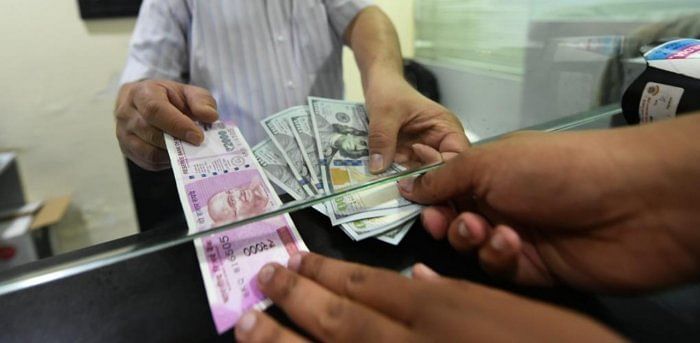
Currency in circulation in the country has seen a big surge compared to last year as people are hoarding cash amid the pandemic that has battered the economy. The news will come as a reality check to the Modi government which has been pushing for a cashless economy.
According to the latest data released by the Reserve Bank of India, currency in circulation has surged by Rs 3.23 lakh crore (13.2%) in the first nine months of FY 2021 to Rs 27.7 lakh crore.
Currency in circulation is all the money that has been issued by a country's monetary authority minus cash that has been removed from the system.
The rate of growth in percentage terms is more than double the figure recorded in the corresponding period last year. In the first nine months of FY 2020, the currency in circulation had grown by 6.18%.
Experts suggest that migration of labourers and stress on incomes of the poor is forcing people to withdraw cash from banks.
"Post-lockdown, most of the transactions have been taking place in cash. Also, when migrants shifted back to their natives, they would have withdrawn whatever cash they had in banks," Sunil Kumar Sinha, Principal Economist and Director Public Finance, India Ratings and Research, said.
The cash surge amid a contracting economy reflects the rural-urban divide as well. "Whatever support has come to consumption this year has been from rural areas, where most of the transactions take place in cash," Sinha added.
The pandemic dealt a blow to India's pursuit of a cashless economy. As of date, the cash in circulation is 1.54 times the pre-demonetisation level of Rs 17.97 lakh crore.
In November 2016, Prime Minister Narendra Modi abruptly scrapped high-end notes that made up 86% of the currency in circulation back then. The move, the government claimed, would curb unaccounted cash transactions and promote a digital economy.
Experts feel that a combination of extra charges applicable on digital payments in many cases and the digital footprint that a user leaves has made people averse to going cashless.